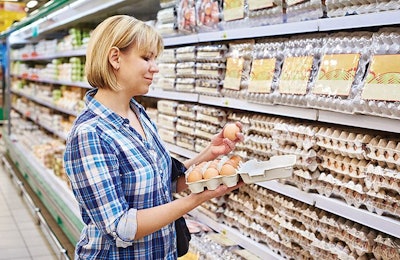
The egg industry must improve its communication with consumers, particularly now with the change in public attitudes brought about the COVID-19 pandemic.
Early on in the pandemic, the need for good communication was highlighted by the rapid dissemination of misinformation in India. The egg and poultry sectors suffered a huge decrease in consumption as rumors on social media tied the spread of the novel coronavirus to chicken and egg consumption.
These rumors were not only damaging to the industry, they deprived consumers of good nutrition and essential nutrients at the time when they needed them the most.
While the Indian poultry and egg sectors reacted quickly, they, nevertheless, had a tough battle to convince consumers of the truth. The example of what occurred in India last year shows us that we must be better prepared to counteract misinformation and become masters of social media.
Multiple challenges
The egg sector is facing a number of issues across continents, including welfare and housing systems, the sexing and culling of male chicks and the overall sustainability of animal production.
While these issues are not directly related to the pandemic, the pandemic has undeniably altered the public mood. In some instances, especially when it relates to the planet’s health and sustainability, consumers have now seen for themselves some of the direct benefits of less traffic congestion or reduced industrial activities on the environment.
Given the above, they should now be more receptive to our arguments in terms of sustainability - if we are able to communicate them well.
For example, when we try to address the issues of climate change and global warming, we need to help consumers understand the impact of their food choices when compared to some of their routine behaviors. Everything that we do has an impact on the environment or has a global warming potential and consumers must better appreciate some of the trade-offs required if the impact on the planet is to be reduced.
One egg, for example, has the same global warming potential as a 2-minute mobile phone call or watching TV for one hour and 15 minutes. While no one questions watching TV or being on the phone, some would like us to reduce our consumption of eggs and other animal protein sources. We need, and must, do better in communicating with consumers if they are to fully understand the consequences of their actions and not scapegoat the animal protein industry.
Finally, working from home for more than a year and cooking at home has produced a new cohort of skilled chefs around the world.
Producers’ organizations, egg marketing agencies and egg companies have already developed a number of resources to encourage and promote egg consumption. We will need to reinforce and expand this type of communication and interactions with consumers to further encourage their newly discovered culinary interests.

















